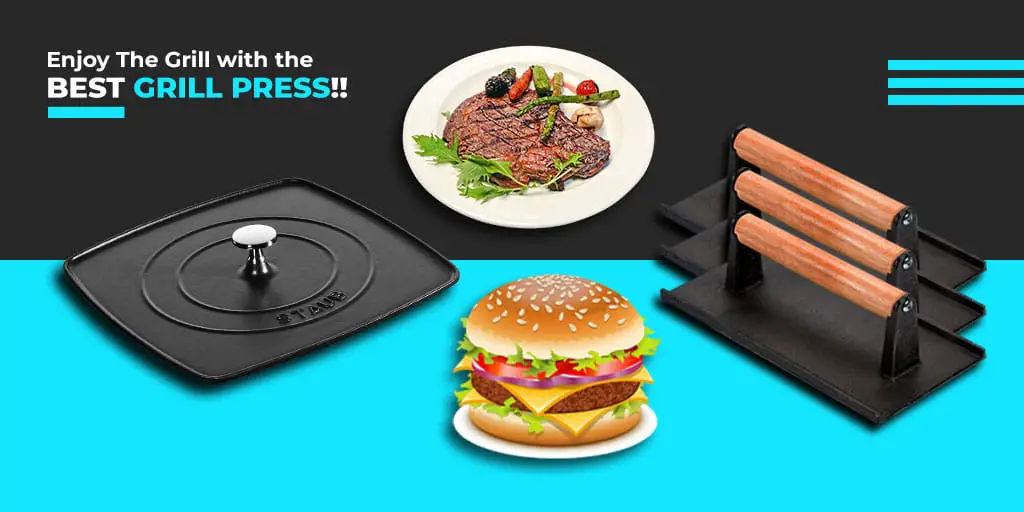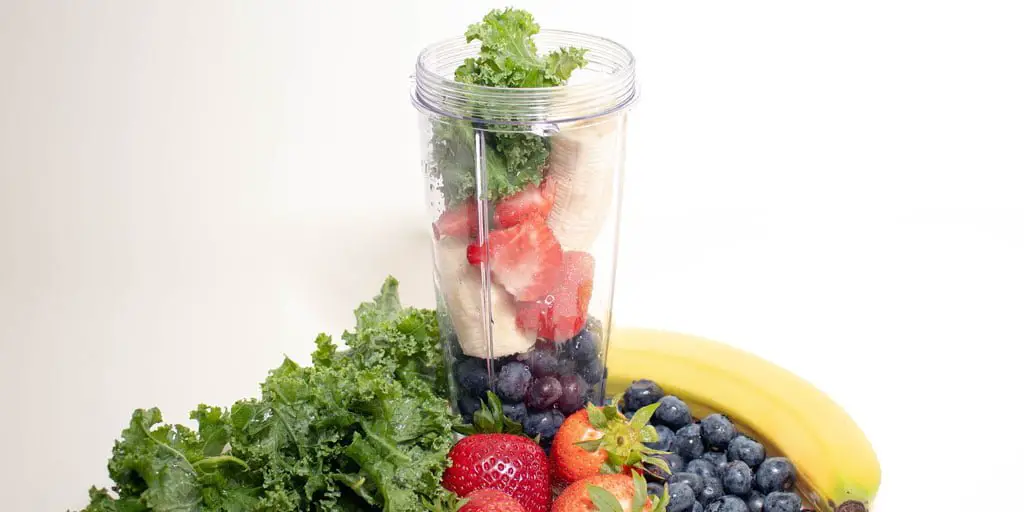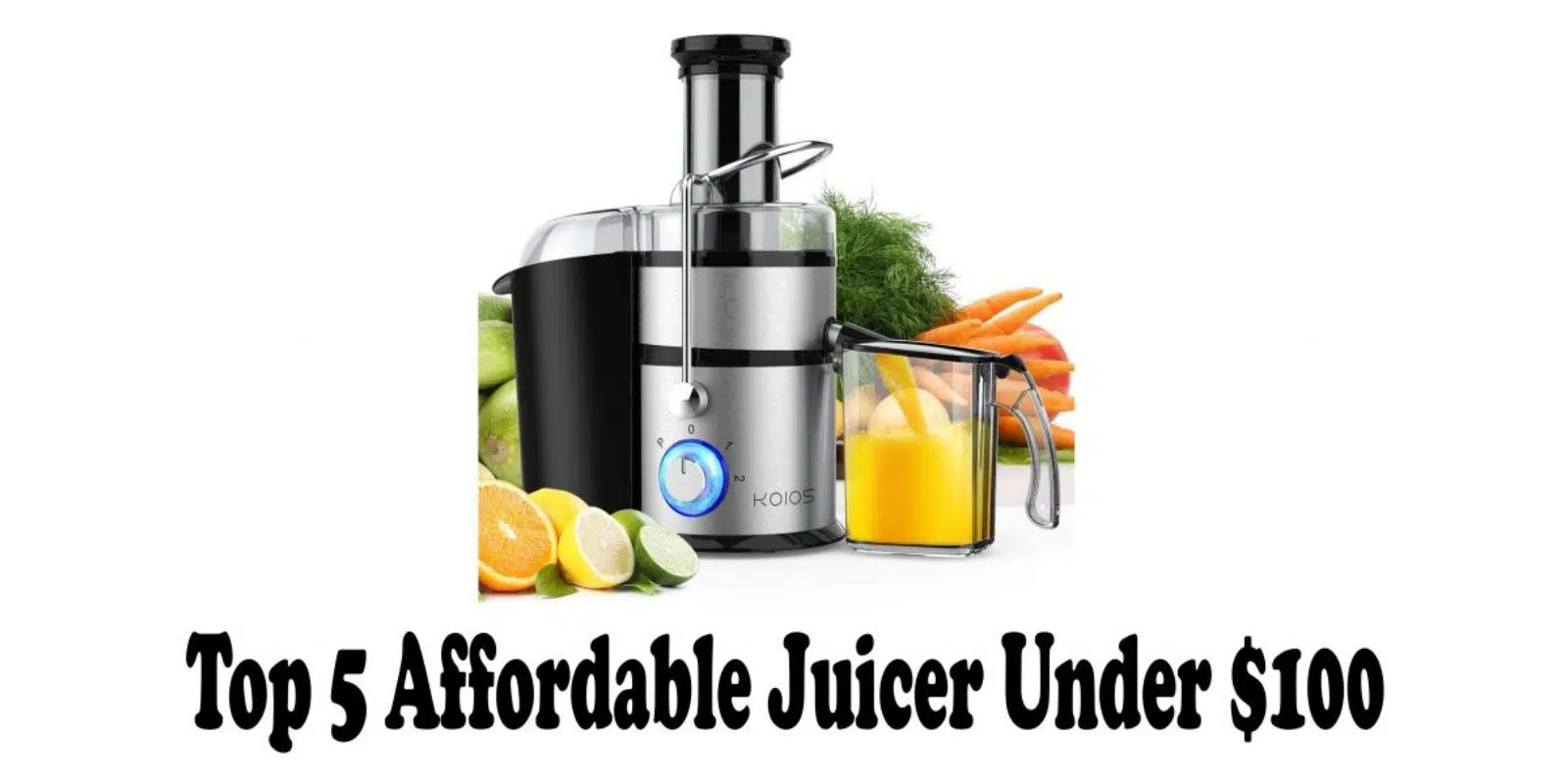3 Easy Simple Steps To Recycling Plastic Food Containers
When it comes to storing food, a plastic container is a go-to product for many of us, despite it not being one of the best food storage containers. Using plastic – be it bags, bottles, or boxes, and the fact that it degrades very very slowly has become a huge problem, mankind.
Plastic waste is the reason our environment is suffering, ecosystems are falling apart, marine lives are endangered, and not to mention the nuisance it creates in our daily lives with environmental pollution.
One way to solve the problem is by recycling plastic. In this article, we’ll teach you how to how to recycle plastic food containers.
Contents
Recyclable and Non-Recyclable Plastics
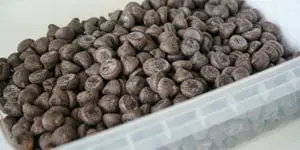
Recycling plastic containers is a great way of reusing plastic and reducing the use of new plastic. That being said, not all plastics can be recycled. Plastic manufacturers usually code their plastics by using a number. They print the number in the container to identify the type of material used to make the container.
The codes signify whether they are resistant to heat, therefore unrecyclable, or heat friendly, being recyclable. These numbers, usually enclosed in a triangle, help us to know whether or not the plastic container can be recycled. The numbers are 1, 2, 3, and so on up to 7.
Usually, the containers with numbers 1 and 2 can be recycled. And the rest are termed unrecyclable. They have to be thrown away, and thus, they add to the accumulating plastic waste.
How to Recycle Plastic Containers
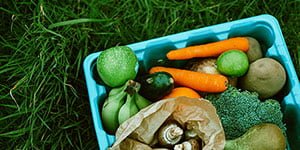
We have to make sure we buy the plastics that can be recycled. We can ask about them to the local recycling authorities and know about the specific bins for the disposal of the plastics.
This is something we should inform our family members about. We can also check the containers before buying them – whether they are number 1 or number 2 or number 7, and steer clear of the ones that can’t be recycled.
There are a few steps to follow before disposing of plastic containers into the recycling bins. Read on further to find out.
Step 1 – Make the Plastic Ready to Recycle
Open the containers and empty them and give the containers a quick wash. This is important to remove any contaminants from the plastic. Any plastic with food material sticking to it can’t be recycled and just gets thrown away. So you need to wash the container before giving it for recycling.
This somewhat keeps the quality of the plastic so that it has a chance of competing with the new plastics in the market and make some money.
More often than not, plastic containers with food material sticking to it are thrown away into the trash, since the recycling facilities can’t restore the quality it had before and thus recycling it would be of no use.
Each time we recycle a piece of plastic, its quality falls down a little. So, we have to remember that plastic can only be recycled twice or thrice before its quality falls so much that it can’t be recycled anymore. Maintaining quality is important.
Step 2 – Know What You Can Recycle
Ask the local recycling authorities about the lids of the containers. Many recycling programs want the lids as well, whereas other programs want the containers only. In that case, you have to throw away the lids and give the containers for recycling.
Step 3 – Put the Right Plastic in the Right Place
Remember to throw away the straws, coffee cups, keyboards, aluminum foils, plastic bags and spoons and forks in the garbage. These products cannot be recycled. If you have compostable plastics, give them away for industrial uses.
Health Issues
Avoid the ones that can’t be recycled since, in addition to the hazardous impact they have on the environment, they also have harmful effects on our health.
This is correlated with the sturdiness and durability of the container. If the container is durable such as plastic of number 1 or 2, then the chances of harmful chemicals leaking from the container to your food are somewhat low. The chances of this happening are much greater if you use a container that is less durable and less sturdy.
These chemicals are said to be associated with hormonal imbalance or may even cause cancer. Another precaution to take is keeping the plastic containers out of the sun. The plastic absorbs the ultraviolet rays from the sun, and due to some chemical reactions, some harmful chemicals are released in the food it is containing.
Keeping the containers out of the sun prevents this to some extent, but leaking chemicals, more or less, is a problem you cannot avoid.
Conclusion
I know all of these are a lot to remember, and to sort out what you can and cannot throw out is itself a big task, let alone getting the plastic ready for recycling.
Sometimes we just want to throw the whole thing in the trash. But getting the plastic recycled puts less pressure on the ecosystems, the environment and ultimately helps to reduce pollution. So get those plastic food containers to the recycling bin and do your part to save nature.
![Best Plates for Microwave in 2022 [Buying Guide]](https://verybestkitchen.com/wp-content/uploads/2020/04/Best-Plates-for-Microwave.jpg)
